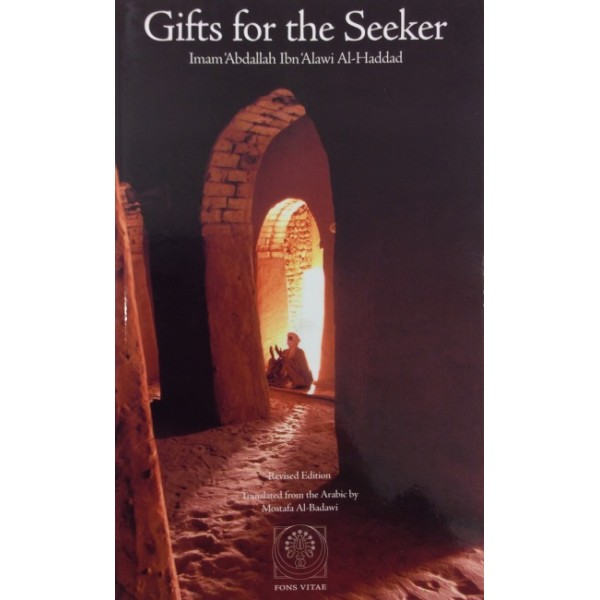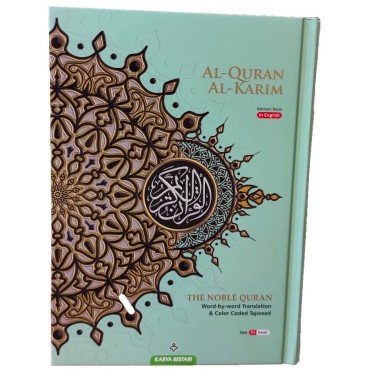Imam Abdallah Ibn Alawi Al - Haddad
This book answers many of the questions often asked by seekers of inward illumination:
- What are the real implications of the doctrine of divine unity?
- How can proper concentration be achieved during spiritual exercises?
- When should one avoid participating in Sufi gatherings?
- What is the relationship between the tongue, the mind and the heart?
- How is one to understand visions received in sleep?
The work also includes the author's commentary on a poem of inner wayfaring. the Ode of al-Aydarus, which speaks of the most exalted 'stations' of the Sufi path, including extinction (fana') and subsistence (baqa'). It goes on to explain a number of paradoxes of the Way, such as the reason why saints usually refuse to deploy their miraculous powers, preferring to concentrate on self-scrutiny and the compassionate guidance of others. These points are illustrated with references to the famous mystical poems of Ibn al-Farid and Abu Madyan.
The author (c.1720) lived at Tarim in the Hadramawt valley between Yemen and Oman, and is described as the 'renewer' of the twelfth Muslim century. His writing include a volume of mystical poetry and several books, some of which are specially popular in Swahili and Malay translation.
(9791887752571/8951)
This book answers many of the questions often asked by seekers of inward illumination:
- What are the real implications of the doctrine of divine unity?
- How can proper concentration be achieved during spiritual exercises?
- When should one avoid participating in Sufi gatherings?
- What is the relationship between the tongue, the mind and the heart?
- How is one to understand visions received in sleep?
The work also includes the author's commentary on a poem of inner wayfaring. the Ode of al-Aydarus, which speaks of the most exalted 'stations' of the Sufi path, including extinction (fana') and subsistence (baqa'). It goes on to explain a number of paradoxes of the Way, such as the reason why saints usually refuse to deploy their miraculous powers, preferring to concentrate on self-scrutiny and the compassionate guidance of others. These points are illustrated with references to the famous mystical poems of Ibn al-Farid and Abu Madyan.
The author (c.1720) lived at Tarim in the Hadramawt valley between Yemen and Oman, and is described as the 'renewer' of the twelfth Muslim century. His writing include a volume of mystical poetry and several books, some of which are specially popular in Swahili and Malay translation.
(9791887752571/8951)







